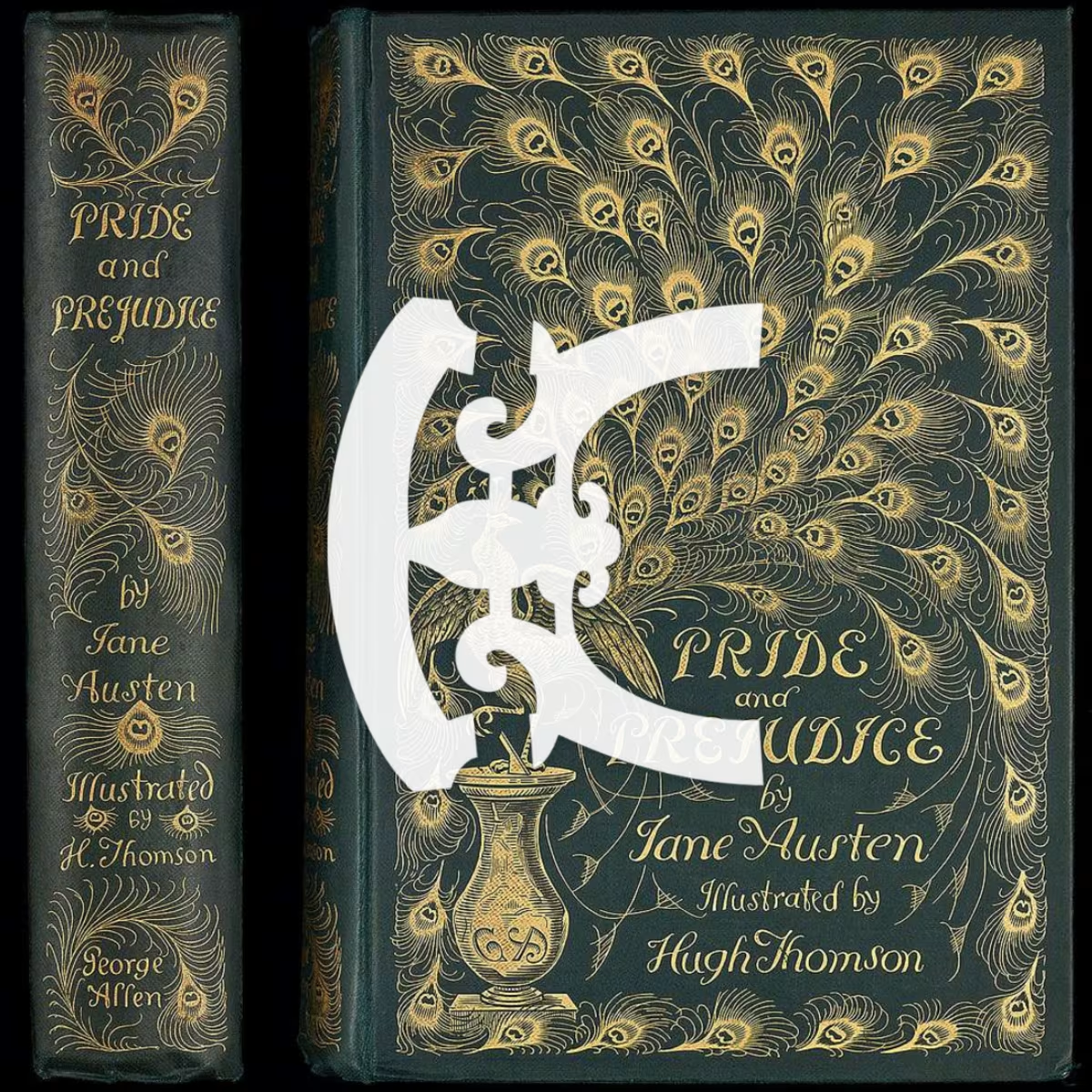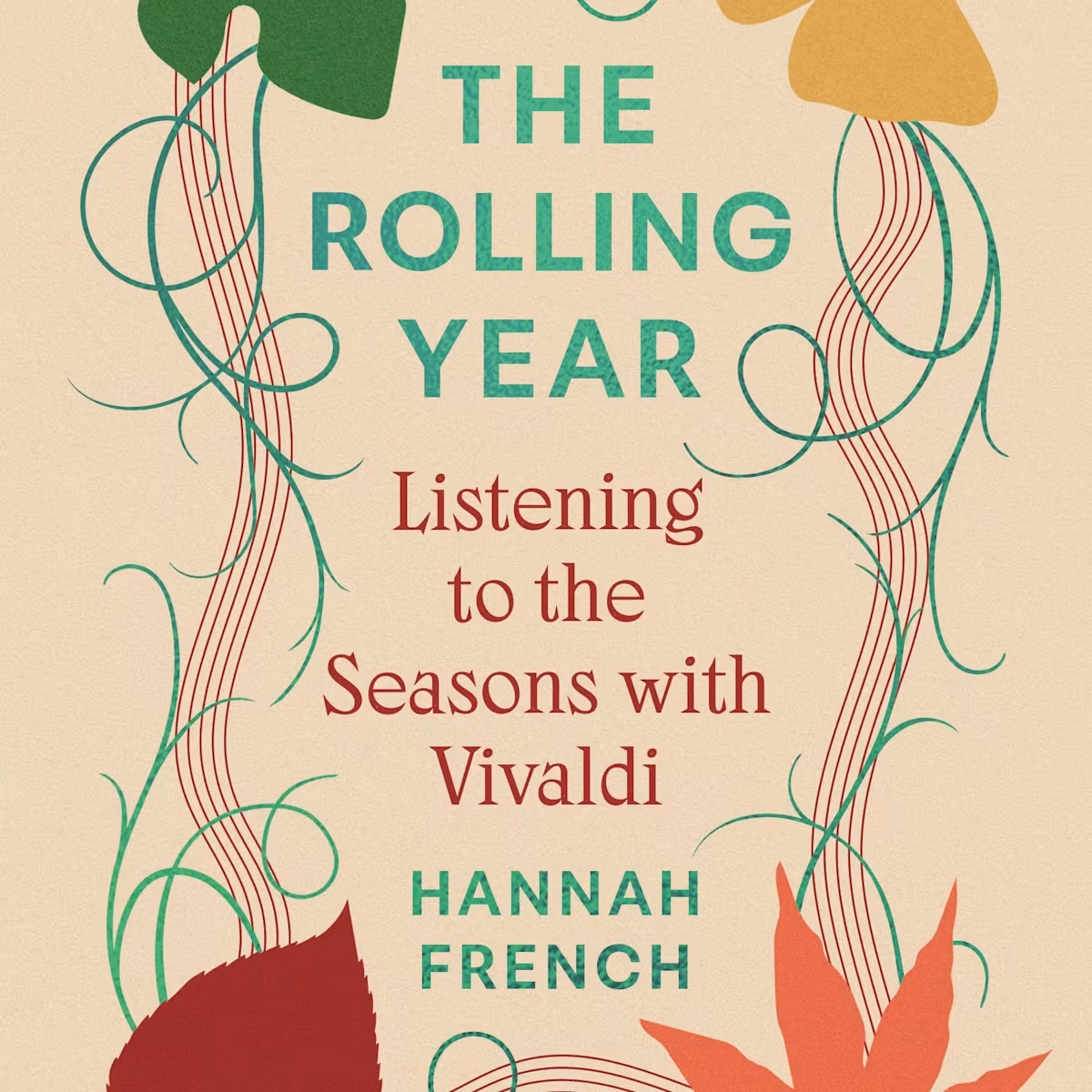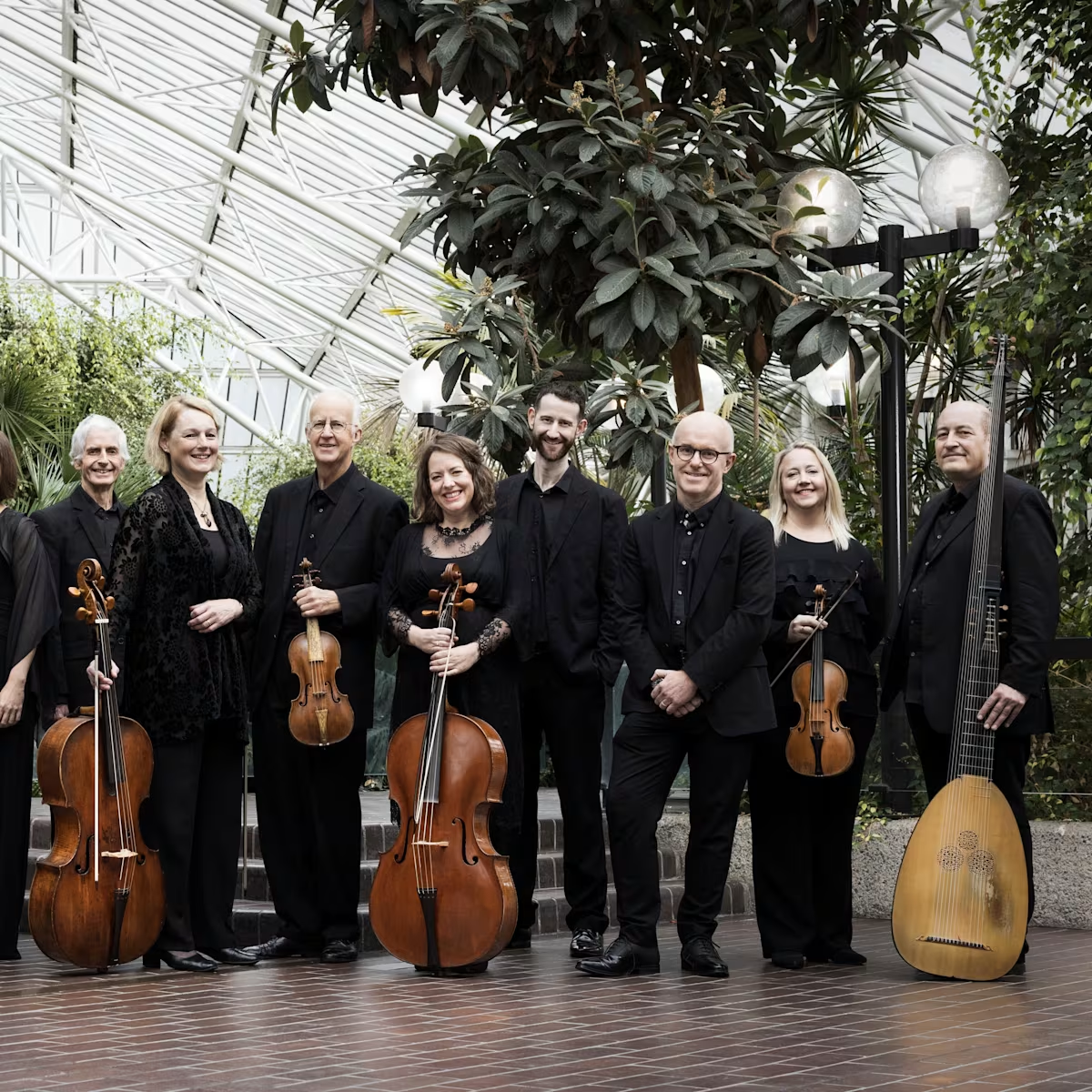Playlist
Playlist: The 'Exotic' Baroque
Share this

FIRST PUBLISHED 01 JUN 2025
The discovery of new trade routes and continents during the Age of Exploration, and the steady expansion of the Ottoman Empire via the Balkans, brought increased European contact with other cultures, fuelling both curiosity, fascination, and conquest. As stories, goods, and artefacts made their way back into European cities, so, too, flourished ideas about the ‘unfamiliar’, often romanticised, misunderstood, or filtered through a colonial prism. In music, the resulting artistic practice, commonly referred to as ‘exoticism’ in musicological literature (a descriptive, but now inapposite and anachronistic term to be confined to that context) reflects the global awareness of the time.
This societal curiosity – previously limited to the music of ‘gypsy’ travellers, and Moorish influences via the Iberian Peninsula – translated into attempts to evoke the sounds or atmospheres of these ‘distant’ cultures despite the fact that composers rarely had direct exposure to non-European musical traditions. Instead, they constructed soundscapes based on brief encounters, limited knowledge, aesthetic assumptions, and theatrical needs to please audiences.
To accentuate the cultural differences, irregular rhythmic patterns were introduced to deviate from European norms; unusual scales, often modal, were created to achieve a sense of mystery; and foreign courts and ceremonies were imagined through dance forms and theatrical scenes. A defining moment was the Treaty of Karlowitz (Jan 1699), the peace settlement which ended hostilities between the Ottomans and Western powers, as the celebrations included several public performances in Vienna by a Janissary band brought by the Ottoman diplomatic delegation.
One well-known example – and also the starting point of this playlist, inspired by the upcoming production (30 Jun–2 Jul) at The Grange Festival – is Rameau’s opera-ballet, Les Indes galantes (1735), featuring locations like the Ottoman Empire, Persia, and the Americas. Rameau’s music offers colourful, highly stylised impressions of these settings – not as true representations of course, but as dramatic devices meant to intrigue and entertain audiences. Similarly, Telemann’s Ouverture-Suite Les nations feature movements titled ‘Les Turcs’ or ‘Les sauvages’, which reflect stereotyped European perceptions of the time.
Today, these musical works are not viewed simply as artistic expressions; they are also historical documents that reflect the perceptions of those times. With this in mind, explore tracks from Couperin to Campra, Handel to Haydn, interspersed with excerpts from Rameau's kaleidoscopic masterpiece. A playlist admittedly abundant in irresistible melodies...
Listen below, or on our Spotify Playlist - The 'Exotic' Baroque
Rameau – Les Indes galantes, nouvelle entrée, scène 6: ‘Danse du Grand Calumet de la Paix' (Danse des Sauvages)
Les Arts Florissants | William Christie
Rameau – Les Indes galantes, nouvelle entrée, scène 6: ‘Forêts paisibles’ (Zima & Adario, Choeur des Sauvages)
Claron McFadden | Nicolas Rivenq | Les Arts Florissants | William Christie
Fux – Partita a tre in C for two violins and continuo Turcaria, K331: I. Turcaria
Les Passions de L'Ame
Scarlatti – Fandango in D Minor
Duncan Fox | Maria Correia | Carlos Alves | Cristiano Holtz
Purcell – The Indian Queen (ed A Pinnock & M Laurie), Act IV: ‘They tell us that your mighty powers’
Catherine Bott | Academy of Ancient Music | Christopher Hogwood
Couperin – Les nations, troisième ordre ‘L'imperiale’: IX. Chaconne
Jordi Savall | Monica Huggett | Chiara Bianchini | Ton Koopman | Hopkinson Smith
Lully – Le bourgeois gentilhomme, IV : ‘Marche pour la cérémonie Turque’
Le Concert des Nations | Jordi Savall
Rameau – Les Indes galantes, deuxième entrée, scène 2: ‘Viens hymen’ (Phany)
Isabelle Poulenard | Les Arts Florissants | William Christie
Campra – L’Europe galante, quatrième entrée ‘La Turquie’: 'Vivir, vivir, gran Sultana’ (Air des Bostangis)
Les Nouveaux Caractères | Sébastien d'Hérin
Campra – L’Europe Galante, quatrième entrée ‘La Turquie’: Marche des Bostangis
Les Nouveaux Caractères | Sébastien d'Hérin
Vivaldi – Motezuma, Act I: Motezuma’s Aria ‘Gl'otraggi della sorte’
Vito Priante | Il Complesso Barocco | Alan Curtis
Vivaldi – Bajazet, Act II: Irene’s Aria ‘Sposa, son disprezzata’
Ildebrando D'Arcangelo | Fabio Biondi | Europa Galante
Vivaldi – Bajazet, Act II: Bajazet’s Aria ‘Dov’è la figlia?’
Ildebrando D'Arcangelo | Fabio Biondi | Europa Galante
Rameau – Les Indes galantes, deuxième entrée, scène 5: ‘Prélude pour l'adoration du Soleil’
Les Arts Florissants | William Christie
Handel – Giulio Cesare in Egitto, Act I: Tolomeo’s aria ‘L'empio, sleale’
Derek Lee Ragin | Concerto Köln | René Jacobs
Telemann – Ouverture-Suite in B flat Les nations: III. ‘Les Turcs’
Akadenie für Alte Musik Berlin
Telemann – Ouverture-Suite in B flat Les nations: V. ‘Les Moscovites’
Akadenie für Alte Musik Berlin
Schmelzer – Die Türkenschlacht: I. ‘Der Türken Anmarsch’
Ars Antiqua Austria | Gunar Letzbor
Schmelzer – Die Türkenschlacht: II. ‘Der Türken belagerung der Stadt Wien’
Ars Antiqua Austria | Gunar Letzbor
Rameau – Les Indes galantes, deuxième entrée, scène 5: ‘Brillant soleil’ (Huascar, Choeur)
Bernard Deletré | Les Arts Florissants | William Christie
Fux – Partita a tre in C for two violins and continuo Turcaria, K331: II. Passacaglia (Andante)
Les Passions de L'Ame
Haydn – Piano Trio in G, Hob.XV:25 Gypsy Rondo: III. Rondo all’Ongarese. Presto (arr. Farrington for recorder, violin, cello & harpsichord)
Lucie Horsch | Rachel Podger | Albert Brüggen | Tom Foster
Boccherini – Guitar Quintet in D, G448: IV. Fandango
Christophe Rousset | William Christie
Mozart – Die Zauberflöte, K620, Act II: Marsch der Priester
English Baroque Soloists | John Eliot Gardiner
Rameau – Les Indes galantes, deuxième entrée, Scène 5: Air des Incas
Les Arts Florissants | William Christie
Fux – Partita a tre in C for two violins and continuo Turcaria, K331: III. Janitschara
Les Passions de L'Ame
Gluck – La rencontre imprévue ou les pèlerin de la mecque: Overture to Act I
John Eliot Gardiner | Orchestre de l"opéra de Lyon
Mozart – Piano Sonata No. 11 in A, K331: III. Rondo alla Turca. Allegretto
Robert Levin
Rameau – Les Indes galantes, première entrée, Scène 6: ‘Air pour les esclaves africains’
Les Arts Florissants | William Christie
Mozart – Die Entführung aus dem Serail, Act I: Chorus of the Janissaries: ‘Sing dem großen Bassa Lieder’
English Baroque Soloists | The Monteverdi Choir | John Eliot Gardiner
Mozart – Die Entführung aus dem Serail, Act I: Osmin’s aria ‘Solche hergelauf'ne Laffen’
Cornelius Hauptmann | Uwe Peper | English Baroque Soloists | John Eliot Gardiner
Mozart – Die Entführung aus dem Serail, Act III: ‘Nie werd' ich deine Huld verkennen... Bassa Selim lebe lange’
Stanford Olsen | Luba Orgonasova | Cyndia Sieden | Cornelius Hauptmann | Uwe Peper | English Baroque Soloists | John Eliot Gardiner
Fux – Partita a tre in C for two violins and continuo Turcaria, K331: IV. Posta turcica
Les Passions de L'Ame
Share this
Keep reading

Playlist: Jane Austen at 250
Our latest playlist celebrates the 250th anniversary of Jane Austen’s birth with music used in TV adaptations and music she would have played herself.

The Rolling Year: Listening to the Seasons with Vivaldi
On the 300th anniversary of Vivaldi's The Four Seasons, Dr Hannah French embraces the art of listening seasonally in her exploration of this classic work.

18th-century Superstars
Leo Duarte shares insights into the Academy of Ancient Music’s 2025/26 season, with programming that shines a spotlight on musical superstars.




